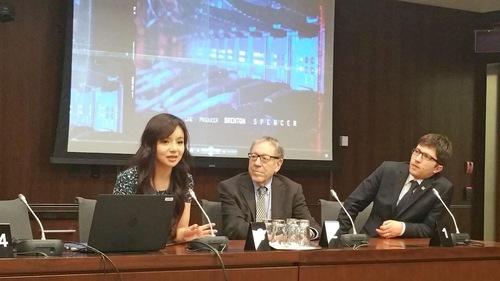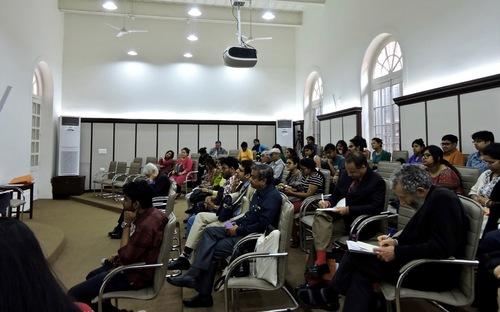When the dating-simulation app Invisible Boyfriend was first released, many users assumed that they were talking to a computer program—after all, the app has the user design the boyfriend’s personal attributes as one would with avatars in video games, but they quickly figured out that the responses were too sophisticated for a bot.
The app later revealed that the boyfriends were not bots, but real people who worked for the freelancing company Crowdsource, and now discloses that information on an inconspicuous FAQ on its website.
“That’s the beauty of the service: you get to practice texting with real humans without worrying about them judging or rejecting you,” the FAQ states.
The turn to human labor wasn’t out of a Luddite’s aversion to technology, but a pragmatist’s frustration with AI stupidity. The company experimented with bots only to see them crash and burn at basic human interaction.
“You would text, ‘I’m at the movies’ and it would respond, ’I love dogs,'” the company’s co-founder Kyle Tabor told Fusion.
Not only were the invisible boyfriends not bots, many—perhaps most—are not even men. The person authorized by Crowdsource to discuss the experience of work as an invisible boyfriend is Laura Harper, a 44-year-old widow who works as a freelancer writer in Houston.
From an economic perspective, it’s not surprising for women to work as invisible boyfriends. The freelance industry tends to skew female; 55 percent of the workers on Amazon’s Mechanical Turk, another crowdsourcing platform, are women.






